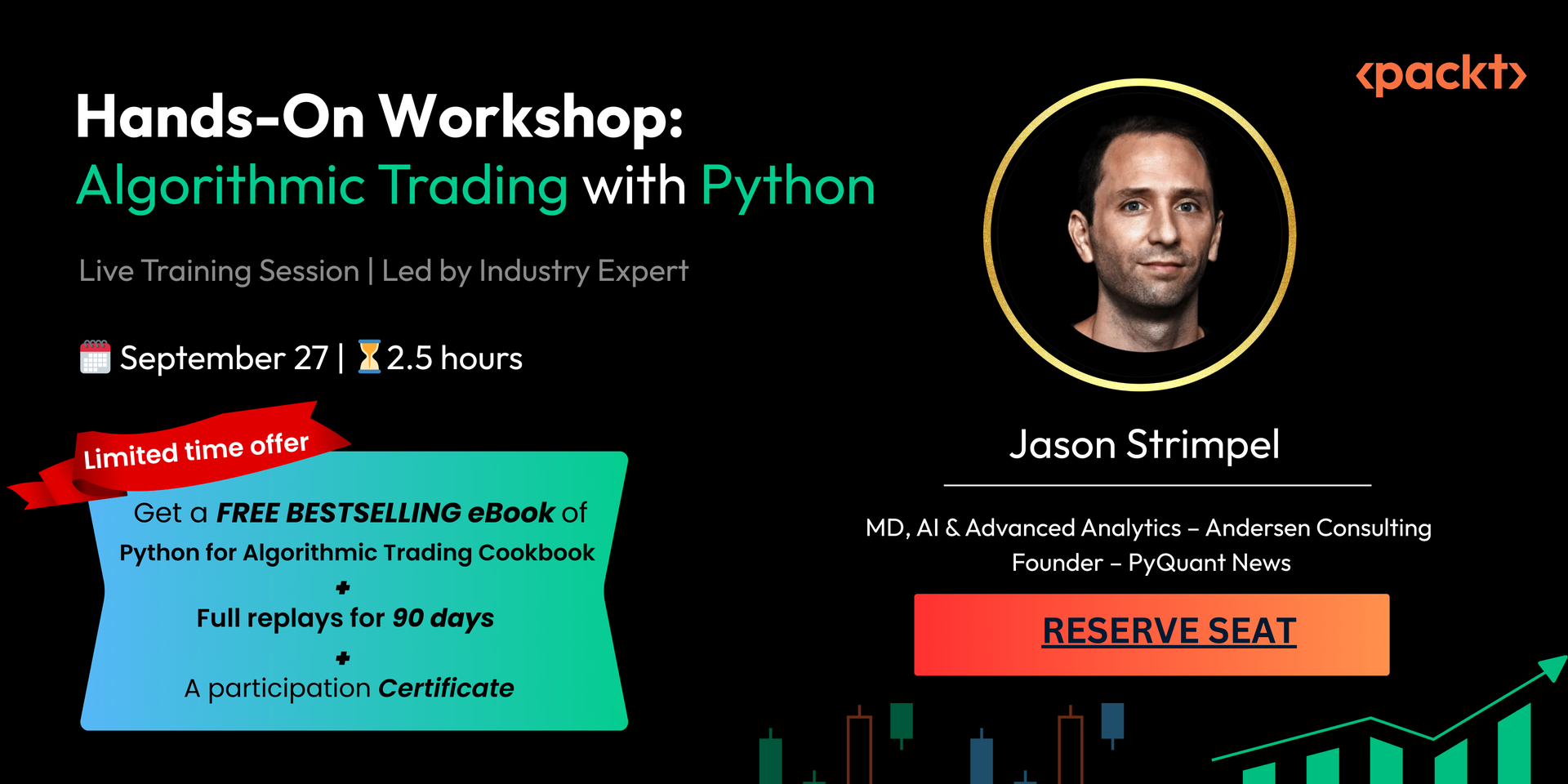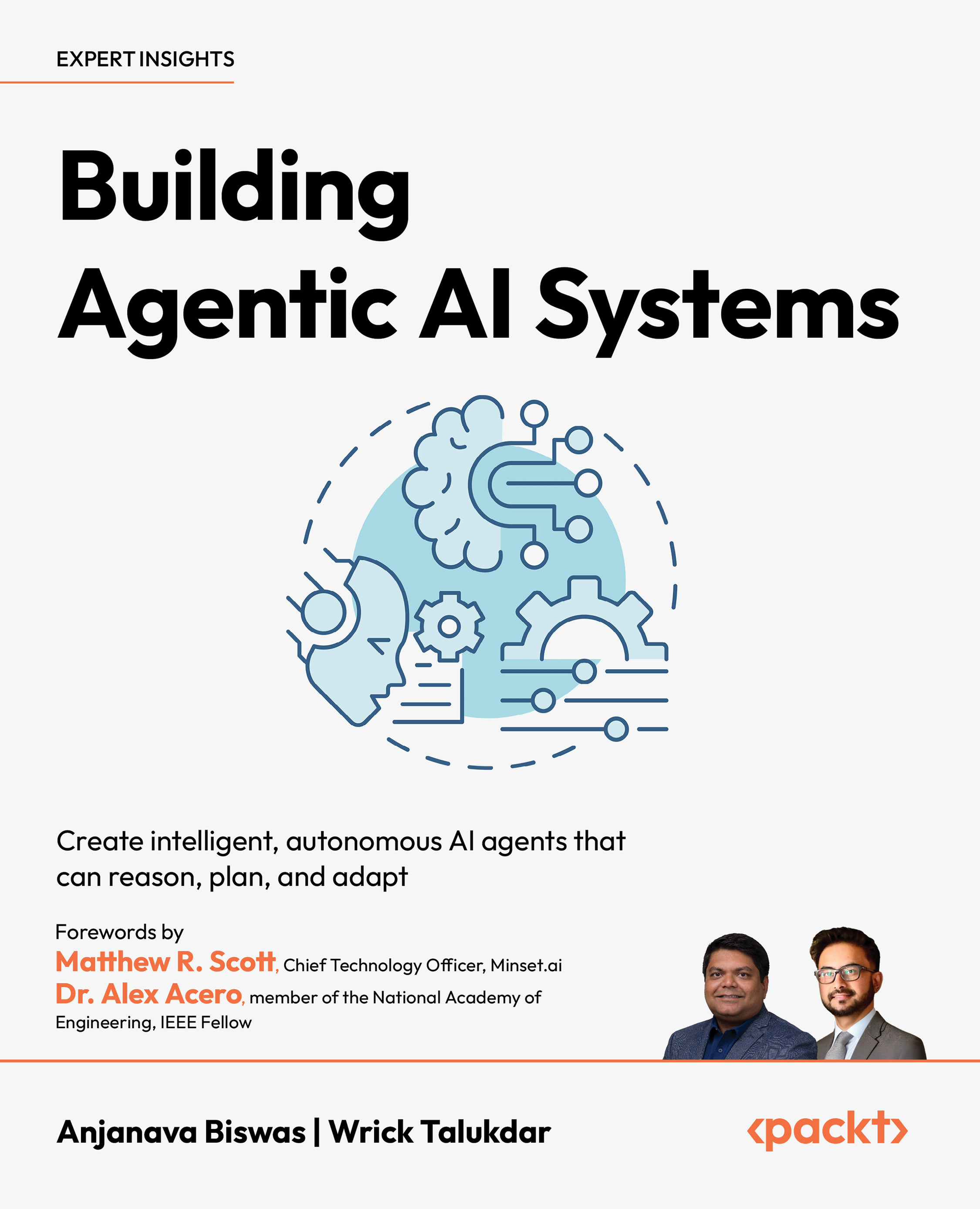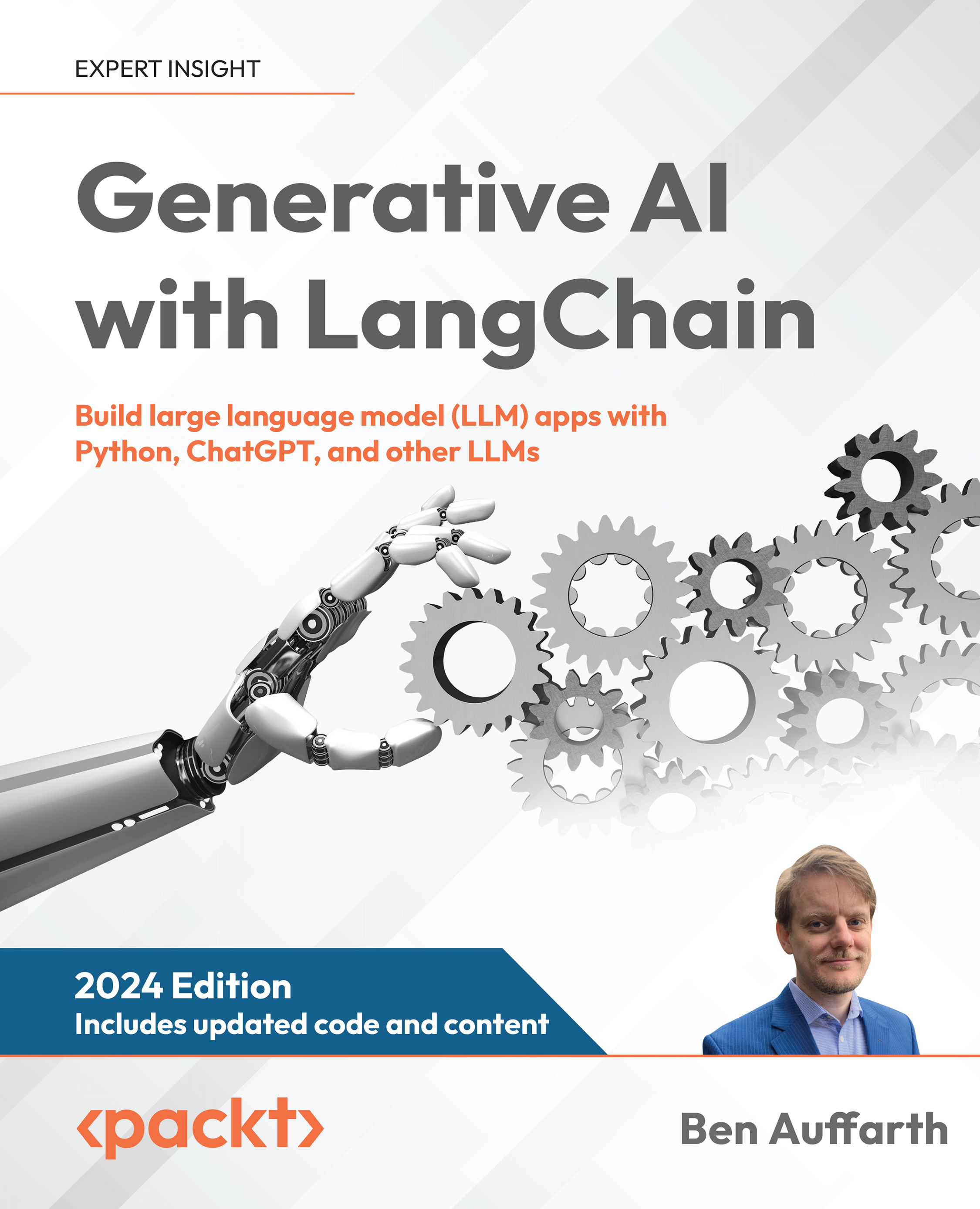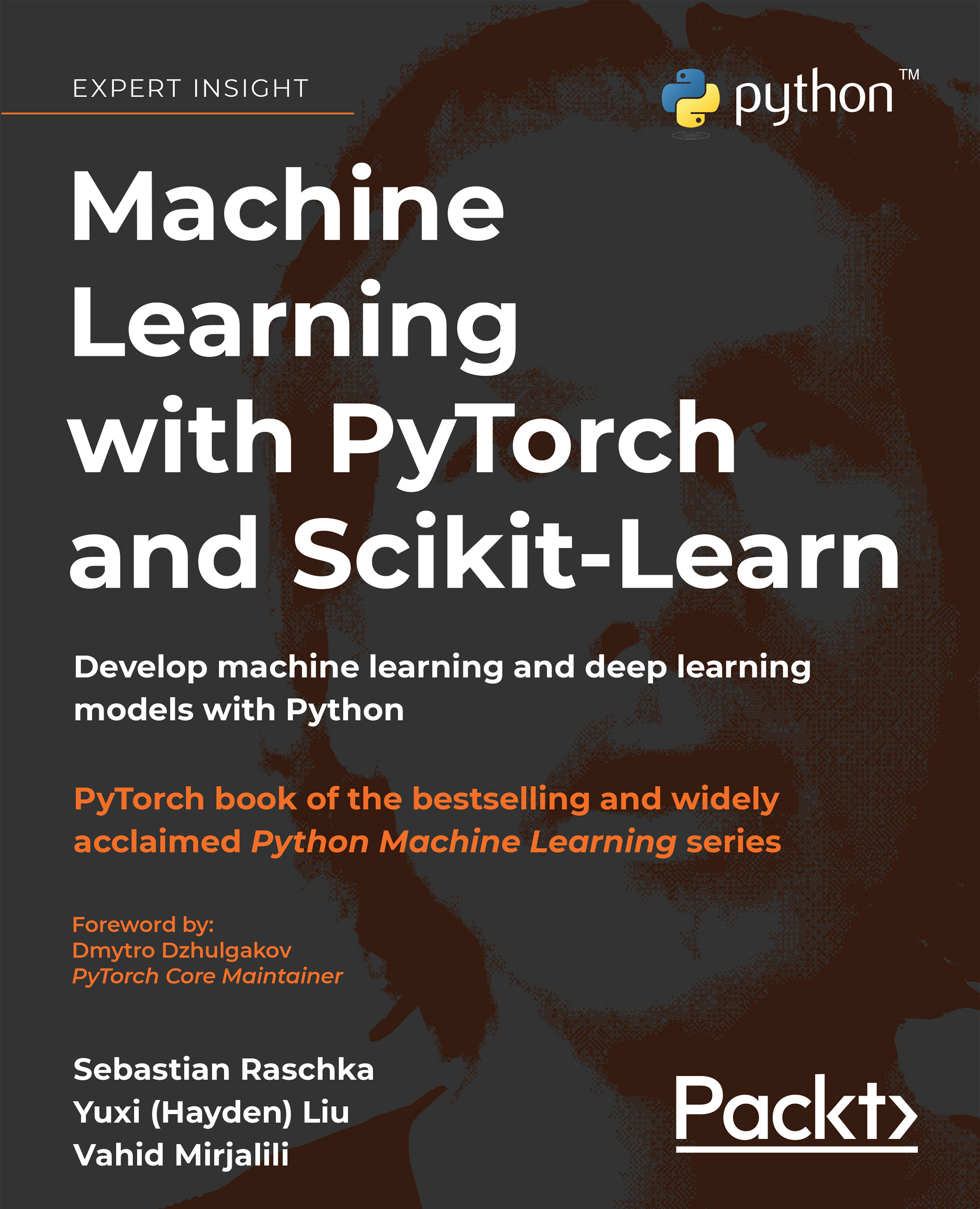🔳How to Scale Your AI Search to Handle 10M Queries with 5 Powerful Techniques?AI-powered search has become the norm since LLMs took off in 2022, with RAG as the backbone behind tools like ChatGPT and Gemini. This piece explores how to build and scale AI search systems, covering RAG basics, speed, uptime, evaluation, and advanced techniques like contextual retrieval, so you can deliver fast, reliable, and smarter search experiences.
🔳Transforming business meetings to get real-time answers to data questions using Amazon Q in QuickSight.Business meetings often stall waiting on dashboards or reports. Amazon Q inQuickSightchanges this by letting teams ask natural language questions and get instant, multi-visual answers. This post shows how to use Amazon Q for real-time insights in meetings, analyzing sales, refining queries, and exploring trends without SQL or dashboards, making decision-making faster and moredata-driven.
🔳Transform your Google Sheets data into powerful analytics with Amazon QuickSight:AmazonQuickSightnow supports Google Sheets as a data source, making BI workflows more accessible and collaborative. This guide walks admins through setup, including enabling AWS Secrets Manager for secure credential storage, configuring permissions, and connecting Sheets toQuickSight. With this integration, teams can analyze, visualize, and share insights directly from Google Sheets inQuickSight,faster, simpler, and more secure.
🔳Committing to Apache Iceberg with our ecosystem partners:AI is pushing data architectures beyond traditional warehouses and lakes. Apache Iceberg has become the open standard for unifying siloed data, enabling interoperability, governance, and real-time analytics across platforms. Google Cloud, alongside partners like Databricks, Snowflake, Confluent,dbt,Fivetran, and Informatica, is doubling down on Iceberg to power openlakehouses, unlocking flexible, secure, and AI-ready data ecosystems without silos.
🔳Understanding Looker’s Conversational Analytics API:Google Cloud has launched the Conversational Analytics API in public preview, bringing natural language data exploration into everyday apps and workflows. Backed by Looker’s semantic layer andBigQuery, the API lets developers embed chat-based analytics that deliver trusted answers, charts, and insights in real time. With agentic architecture, context retrieval, and enterprise security, it makes “chat with your data” a reality.
🔳Schema Registry: Creating type-safe pipelines using Schemas and Eventstreams (Preview):Microsoft Fabric Real-Time Intelligence now includes Schema Registry forEventstreams, giving teams a centralized way to define, manage, and enforce event data structures. By registering schemas, organizations can ensure consistent, high-quality, and predictable pipelines while improving governance and data contracts between producers and consumers. Available in preview, Schema Registry strengthens real-time analytics, automation, and decision-making across Fabric RTI.
🔳Meet Your Healthcare Regulation and Compliance Requirements with Purview Data LossPrevention (DLP) Policies:Healthcare organizations face strict compliance demands around PHI, from HIPAA to regional privacy laws. As teams adopt Microsoft Fabric for analytics and collaboration, Microsoft Purview Data Loss Prevention (DLP) helps protect sensitive data with automated PHI discovery, real-time user guidance, and detailed audit trails. With Purview DLP, healthcare providers can secure patient data,maintaincompliance, and build trust while enabling better outcomes.
🔳Semantic Model Refresh Templates in Power BI (Preview):Power BI’s new Semantic Model Refresh Templates let you orchestrate and automate refresh workflows using Fabric Data pipelines. From scheduled and event-driven refreshes to incremental updates and sequencing multiple models, these templates simplify setup with guided tours and a gallery of common scenarios. You can even add post-refresh alerts, making refresh management more flexible, reliable, and collaborative.
 United States
United States
 Great Britain
Great Britain
 India
India
 Germany
Germany
 France
France
 Canada
Canada
 Russia
Russia
 Spain
Spain
 Brazil
Brazil
 Australia
Australia
 South Africa
South Africa
 Thailand
Thailand
 Ukraine
Ukraine
 Switzerland
Switzerland
 Slovakia
Slovakia
 Luxembourg
Luxembourg
 Hungary
Hungary
 Romania
Romania
 Denmark
Denmark
 Ireland
Ireland
 Estonia
Estonia
 Belgium
Belgium
 Italy
Italy
 Finland
Finland
 Cyprus
Cyprus
 Lithuania
Lithuania
 Latvia
Latvia
 Malta
Malta
 Netherlands
Netherlands
 Portugal
Portugal
 Slovenia
Slovenia
 Sweden
Sweden
 Argentina
Argentina
 Colombia
Colombia
 Ecuador
Ecuador
 Indonesia
Indonesia
 Mexico
Mexico
 New Zealand
New Zealand
 Norway
Norway
 South Korea
South Korea
 Taiwan
Taiwan
 Turkey
Turkey
 Czechia
Czechia
 Austria
Austria
 Greece
Greece
 Isle of Man
Isle of Man
 Bulgaria
Bulgaria
 Japan
Japan
 Philippines
Philippines
 Poland
Poland
 Singapore
Singapore
 Egypt
Egypt
 Chile
Chile
 Malaysia
Malaysia















